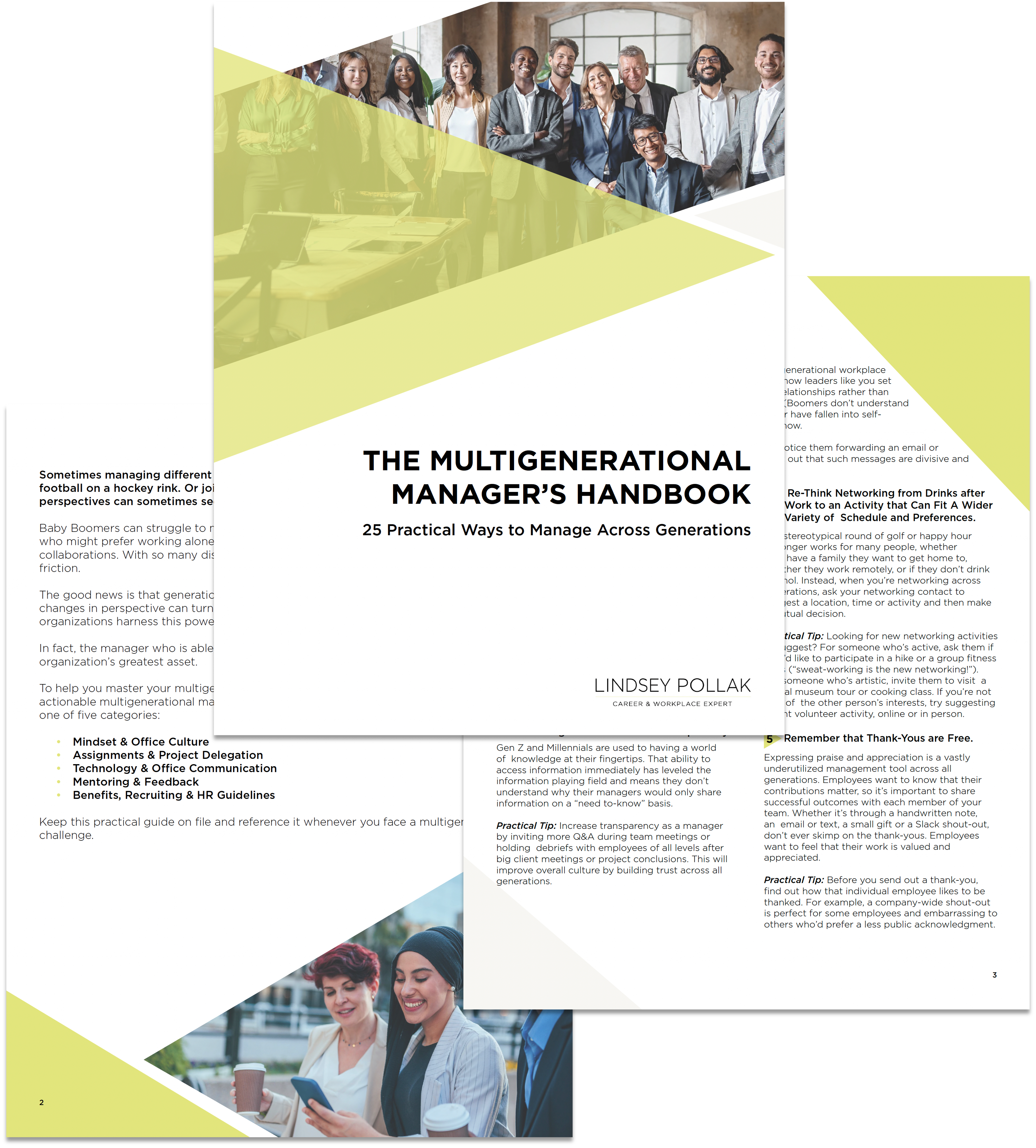When even the bankers and accountants are dressing down, you know that casual dress is here to stay as a workplace norm. JP Morgan and PricewaterhouseCoopers are the latest to hang up their suits. While business casual is hardly news in most circles, having such traditional, buttoned-up industries jump on the casual train represents a true sea change. It also adds complication for workers who are unsure what is appropriate to wear.
Last summer I wrote a post, Wear This, Not That, to address potential confusion about appropriate dress for individuals. The No. 1 rule: If you’re unsure, always ask.
This post is addressed to those of you creating and implementing dress code policies. Check out these recent articles that shed light on how to manage the rules, the etiquette and the potential challenges.
Be Clear About Your Policies
“Clear and open communication begins with a thoughtful, written policy that is included in the company’s employee handbook and accessible to employees at all times. Wherever possible, use specific, objective language when describing attire, rather than terms like ‘appropriate’ or ‘professional,’ which mean different things to different people.” — Read more at TriNet.
Make Sure Your Dress Code Isn’t Breaking the Law
“Incorporate flexible and inclusive language to ensure your policies are sensitive to cultural and religious clothing requirements. Make sure your policy addresses and accommodates employees’ physical comfort, and considers the full spectrum of gender expression. Policies should be phrased in gender neutral terms and refrain from listing specific types of clothing that might single employees out based on gender.” — Read more at Engaged HR.
Be Bad Cop When You Have To
Because dress code language like ‘too casual’ and ‘too revealing’ can be subjective, Brandi Britton, district president of OfficeTeam, said employers must be diligent about enforcing their dress codes and setting clear expectations. ‘If one employee gets away with ignoring the dress code, others will soon follow or they will resent the employee for breaking the rules and getting away with it’.” — Read more at Business News Daily.
Know When Business Casual is Too Casual
“Bankers, lawyers, and government officials still commonly dress in suits while everyone else does fine in polo shirts for one simple reason: their work with wealthy clients demands a certain amount of decorum in dress. (Lawyers also need to dress up for court, but the reason courts mandate that dress code is similar: respect). While dressing up for clients is all well and good, that’s not the most important reason you should keep your suit trousers on. You don’t just emanate respect when you’re well-dressed — you also emanate confidence.” — Read more at Business Insider.
What’s been your experience with business casual? Please share any stumbling blocks you’ve encountered or any words of advice in the comments.
Lindsey Pollak is the leading voice on millennials in the workplace, trusted by global companies, universities, the world’s top media outlets — and, most importantly, by millennials themselves. A New York Times bestselling author, Lindsey began her career as a dorm RA in college and has been mentoring millennials — and explaining them to other generations — ever since. Her keynote speeches have audiences so engaged that, in the words of one attendee, “I didn’t check my phone once!” Contact Lindsey to discuss a speaking engagement for your organization.
